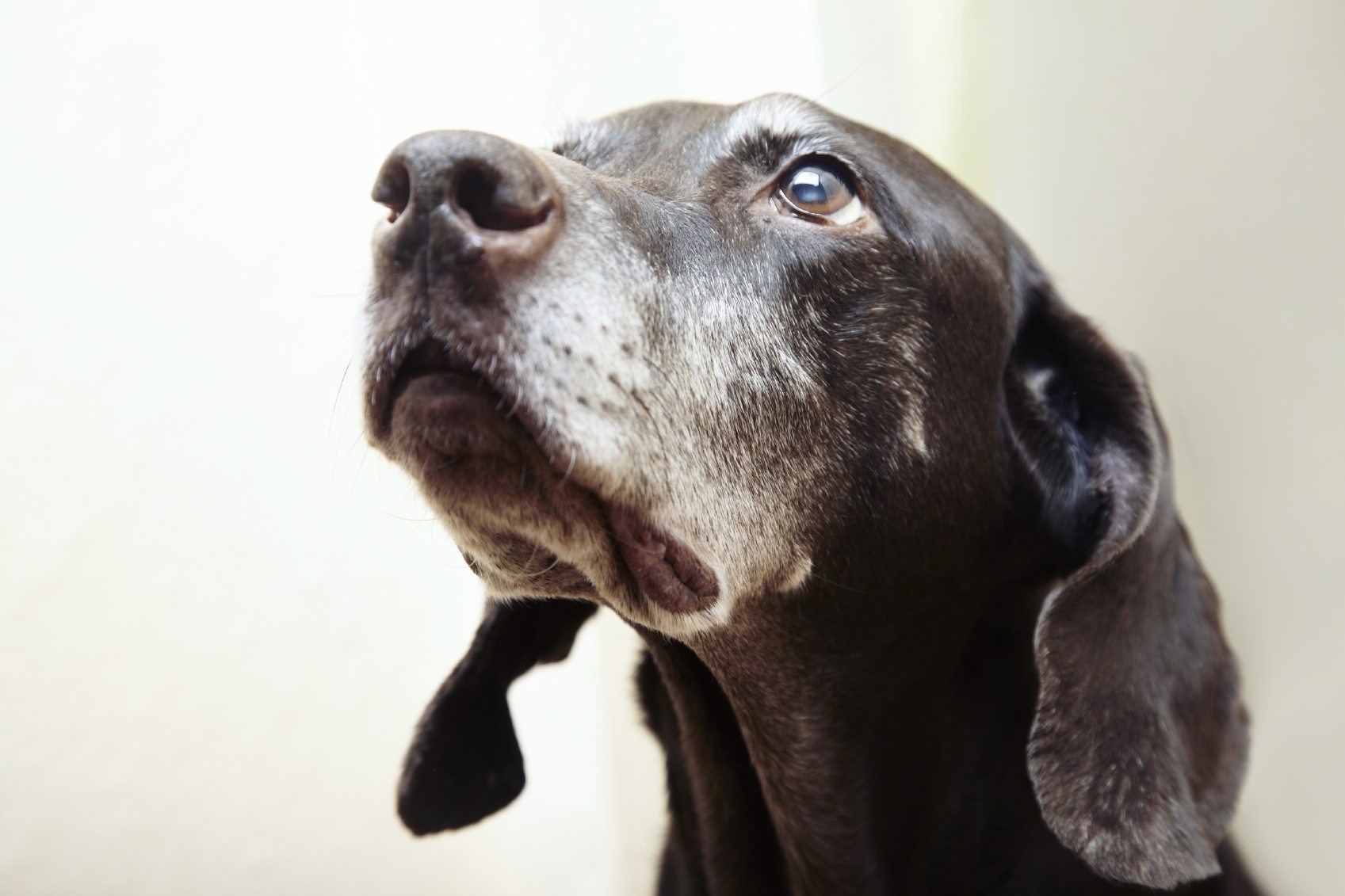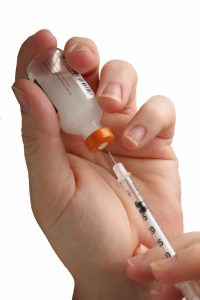
It may be shocking to learn a diagnosis that your pet has diabetes, however with good care, it is possible for your favorite companion to enjoy a long and healthy life. Losing weight is a common denominator in both people and pets because it helps the cells use insulin better. Keeping blood sugar levels stabilized throughout the day is key for helping the body turn food into fuel for energy.
Stabilizing blood sugar (glucose) levels will help your pet feel better and prevent any complications that may arise due to the disease. Diabetes can affect any and all internal organs if not manage properly. Problems with vision, cataracts and urinary tract infections can result if diabetes is not managed well.
Calories Count
When diagnosed, your veterinarian will share how many calories your pet needs each day based on activity level and weight. Keep a close eye on what your pet eats, and follow the recommended eating plan given by your veterinarian. Typically, a low-fat, high-fiber diet works well for pets with diabetes. Low-fat pet food offers fewer calories while the fiber will slow down glucose entering the bloodstream. Plus, a high-fiber diet will keep your pet full longer, and help them to lose weight by eating less.
Water is necessary for every process in the body, both in people and your pet. Make sure fresh water is available throughout the day and night. Feeding your pet a high-fiber diet requires plenty of fresh water to prevent constipation and other health problems. Many veterinarians offer prescription pet food or may make other recommendations for changing your pet’s eating plan.
It is important to find a food that your pet will eat because you cannot give insulin on an empty stomach – that can make your pet feel ill. Not eating could also indicate other diabetes-related complications so if that persists, see your veterinarian immediately. He or she may recommend staying away from semi-moist, soft pet foods in packets because they are typically high in sugar.
Tips to Encourage Eating
It is important that your pet eats something. Here are some suggestions that will encourage your pet to eat:
• Mix a small portion of canned food into your pet’s regular food
• Add scrambled eggs or some shredded chicken to your pet’s food
• Pour a little low-sodium chicken or beef broth on dry food
• Place a small treat on top of the food
What About Treats?
Go easy on treats between meals as long as they are high in carbohydrates and sugar. Read the label and make sure the treats do not contain the following ingredients:
• Fructose
• Dextrose
• Molasses
• Syrup
• Maltose
Good snack choices contain peas, carrots, meats, and even canned pumpkin are good choices.
Understanding Insulin
Balancing food intake and insulin can be a bit of challenge for a pet because the body is constantly processing insulin and food between injections and meals. Most pet’s do well eating at least two to three meals per day, however talk to your veterinarian about the timing of both meals and injections that will work best for your pet.
Exercise Is A Must
Like us, we need to exercise to help us lower blood sugar levels and lose weight in the process. Exercising your pet at the same time each day and at the same intensity is important. Make sure the activity you do with your pet is not too stressful, such as a long hike, because it could cause blood sugar levels to drop too low.
Losing weight is one of the best ways to reduce the need for insulin. Checking blood sugar levels often can show the progress you are making with your pet’s treatment. It may be difficult at first but soon, the changes you make will be a part of your daily life and have an amazing impact on your pet’s health. Plus, you may be surprised how much stronger your bond with each other will become.
Images: iStock










